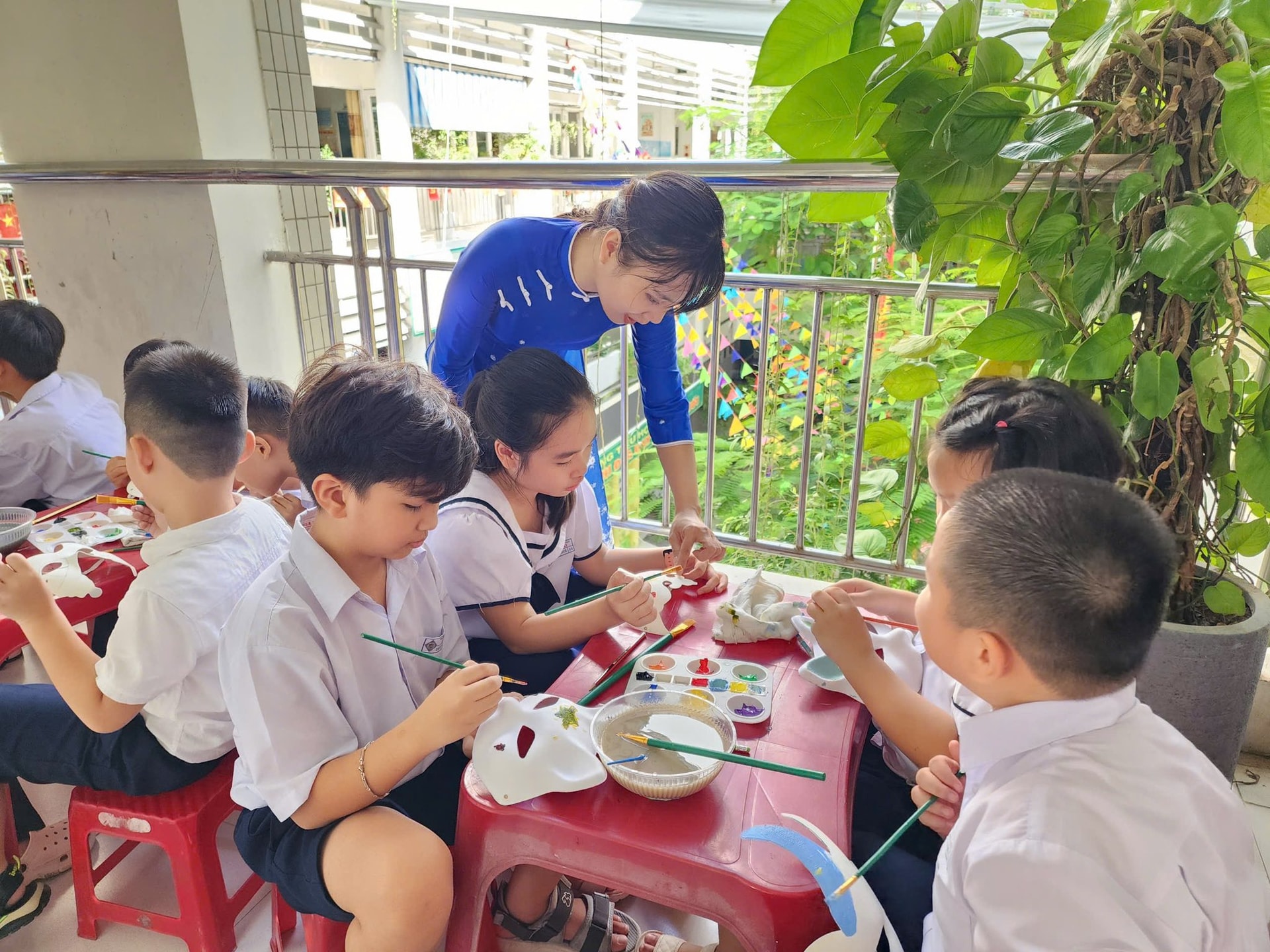
This raises an urgent need for education to not only integrate technology, but also go hand in hand with soft skills training, critical thinking and the ability to balance the digital world and real life.
When children touch the world of AI
On a weekend evening, Linh Chi (9 years old) living in An Hai ward showed her mother the picture she had just drawn using Midjourney (an AI application that generates images, allowing users to create unique works of art from text descriptions). When asked about her feelings and thoughts about the picture, she innocently said: "These things are simple, Mom, I only need a few steps to complete it."
Ms. Pham Thi Hoang Hai, Linh Chi's mother, expressed: "Seeing my child quickly approach technology makes me happy because she has the skills and can apply what she has learned well, but I still have many concerns because the paintings she creates using the application, without exploration, urge, and excitement for beauty, she will not understand the value of the process of nurturing and creating an artistic product. Technology can help my child complete the product quickly, but I still want my child to understand and have real emotions for the beauty of art."
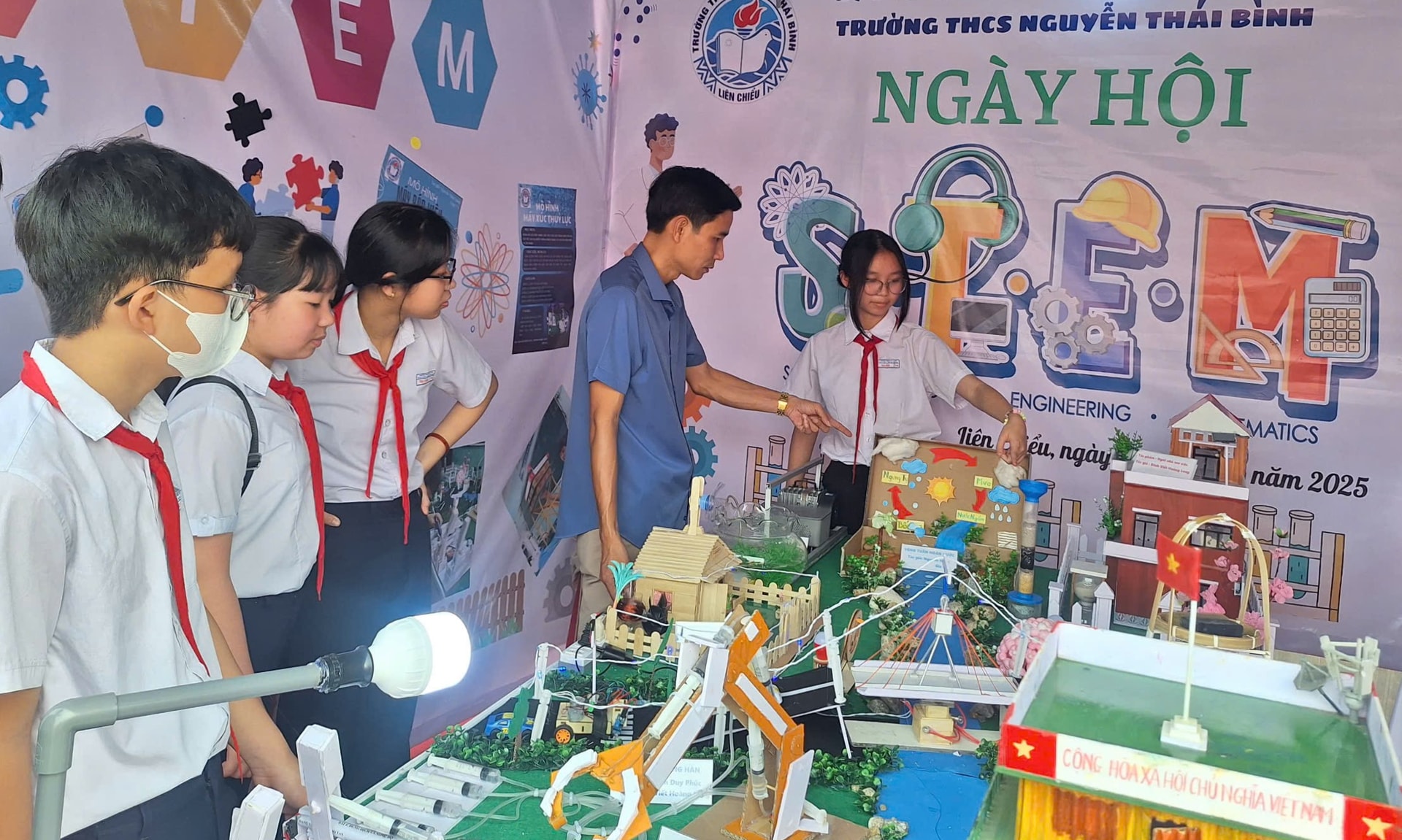
This is not only Ms. Hai's concern but also a common concern of many parents when their children are exposed to digital technology and AI applications early. Letting children experience modern technology is necessary in the digital age, but without proper guidance, children can easily be separated from real life and affect their comprehensive development.
In a general trend, schools in the city also have many training activities, applying AI in teaching and learning. Ms. Do Thi Le, Principal of Hung Vuong Primary School (Hai Chau Ward) shared that applying AI in teaching and learning makes the lessons more lively. Students have quick and diverse access to knowledge, and the lessons are also more attractive.
However, Ms. Le only encourages school teachers to apply AI to content that is difficult to reproduce in reality. “Trees, flowers, birds, familiar objects… should be seen, touched, and felt by children with their senses. Real-life experience is still the best way for children to learn,” Ms. Le emphasized.
How to bring AI into the classroom properly?
Also assessing that AI applications bring many positive changes in teaching and learning, Ms. Thai Vi Linh, Principal of Chi Lang Primary School (An Hai Ward) said that in the context of AI being increasingly integrated into education, the role of teachers is also gradually changing, from knowledge transmitters to instructors, organizers and leaders of learning activities. Teachers need to know how to use AI appropriately to support teaching, but should not depend on AI-generated content. In addition, teachers themselves must also constantly learn and improve their professional knowledge and technological skills.
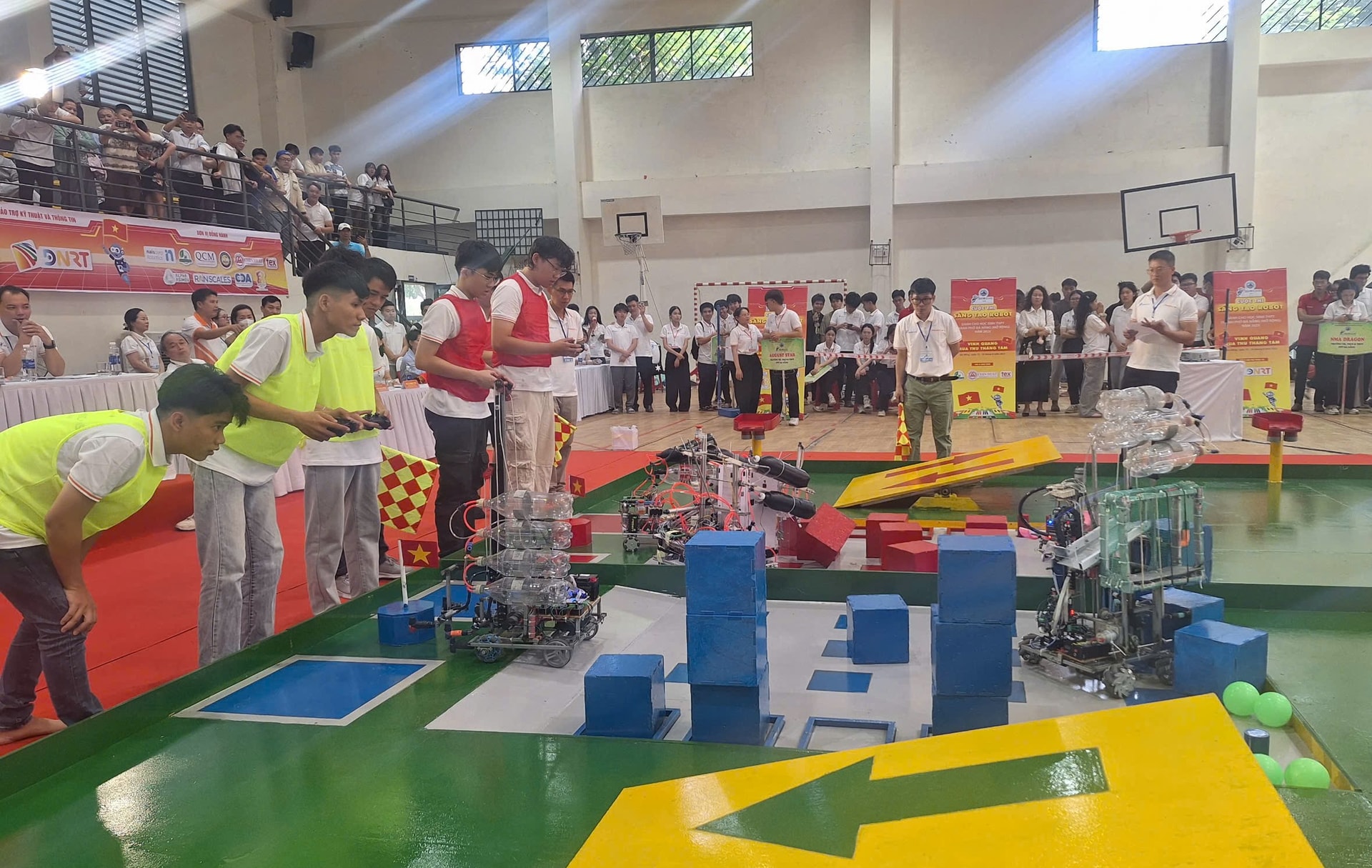
Ms. Linh also emphasized that introducing AI into education early is necessary but also needs to be strictly managed. Because AI is not completely accurate and always has the potential risk of errors if not verified, especially for students, who do not have enough skills to compare, analyze and evaluate information.
“AI is just a support tool, but cannot replace the role of teachers in teaching people, inspiring passion for learning, or leading students to overcome difficulties with sympathy and encouragement,” Ms. Linh shared.
Applying AI in teaching and learning has many benefits but is also full of challenges. Dr. Trinh Cong Duy, a lecturer at the Faculty of Information Technology at the University of Technology (University of Danang), said that students need to be guided to use AI as a tool to support thinking, suggest, analyze, and expand problems, but they must take responsibility for their own learning outcomes.
I am not too worried about AI replacing the role of teachers. Because education is not only about imparting knowledge but also about nurturing personality, inspiring, orienting life values and developing students' thinking and emotional abilities. These things can only be fully realized through the understanding, emotions and life experiences of people, specifically teachers.
Ms. Thai Vi Linh
Principal of Chi Lang Primary School
The important thing is not to ban it, but to educate students on how to learn with AI intelligently and ethically. At that time, the role of the teacher changes from a transmitter to a guide and trainer of thinking. Teachers need to guide students to ask questions of AI properly, distinguish between information and knowledge. Integrate experiential activities and group discussions to practice emotions, cooperation skills and real communication. AI can be integrated into lessons in a critical way by letting students use AI to find solutions, but then have to analyze, compare and evaluate the results of AI themselves.
“As for parents, instead of worrying, they should work with the school to create a balanced learning environment. AI can help children explore faster, but humans are still the center. Only humans have emotions, values, and responsibilities,” Dr. Trinh Cong Duy emphasized.
Source: https://baodanang.vn/giao-duc-the-he-alpha-3306688.html



![[Photo] Chairman of the Hungarian Parliament visits President Ho Chi Minh's Mausoleum](https://vphoto.vietnam.vn/thumb/1200x675/vietnam/resource/IMAGE/2025/10/20/1760941009023_ndo_br_hungary-jpg.webp)
![[Photo] Solemn opening of the 10th Session, 15th National Assembly](https://vphoto.vietnam.vn/thumb/1200x675/vietnam/resource/IMAGE/2025/10/20/1760937111622_ndo_br_1-202-jpg.webp)


![[Photo] The Steering Committee of the 2025 Fall Fair checks the progress of the organization](https://vphoto.vietnam.vn/thumb/1200x675/vietnam/resource/IMAGE/2025/10/20/1760918203241_nam-5371-jpg.webp)


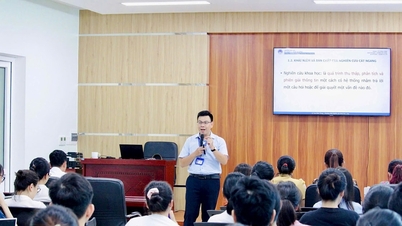



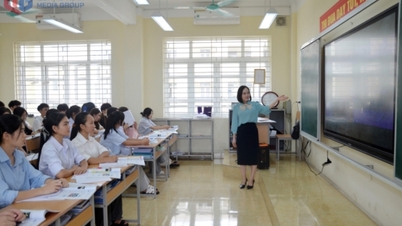

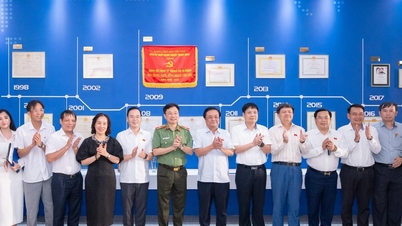
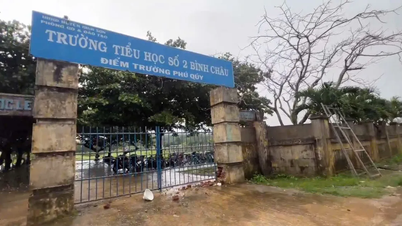



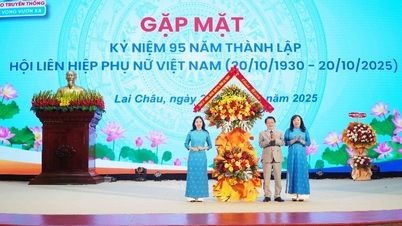





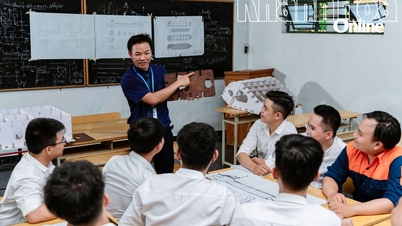









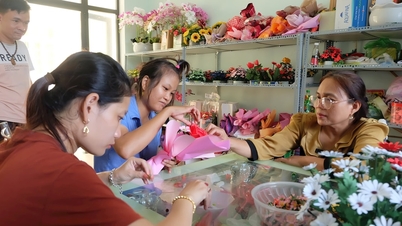







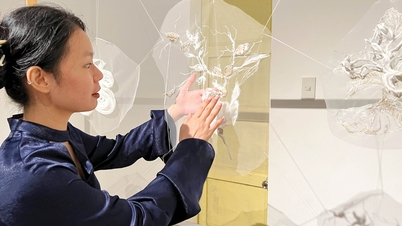





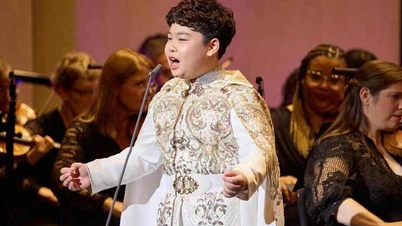

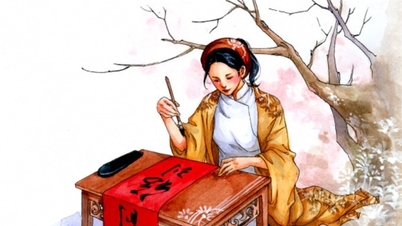
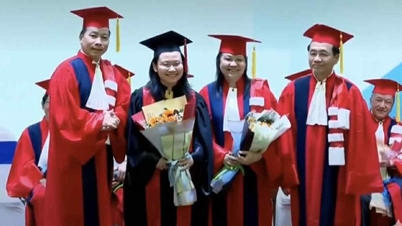



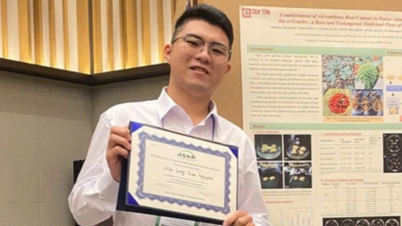
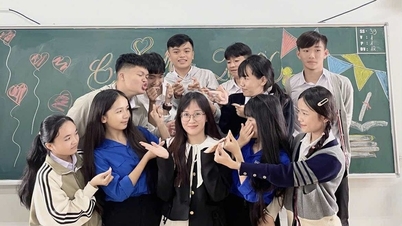



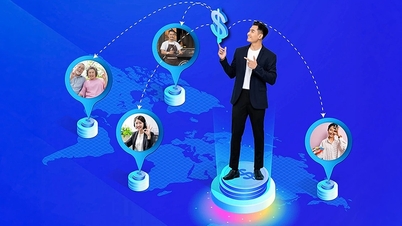

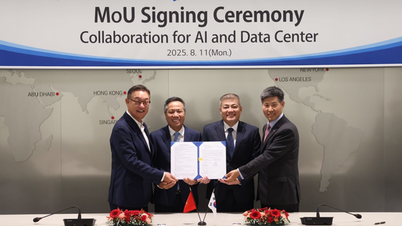

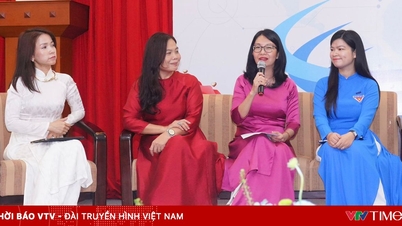
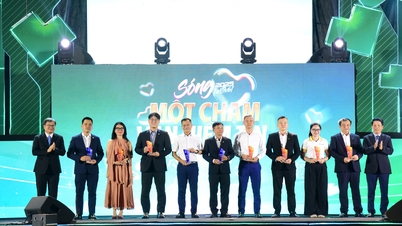









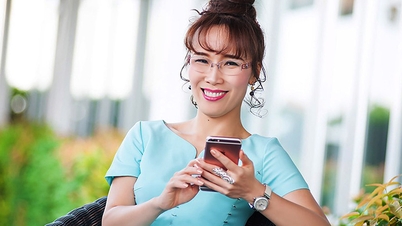



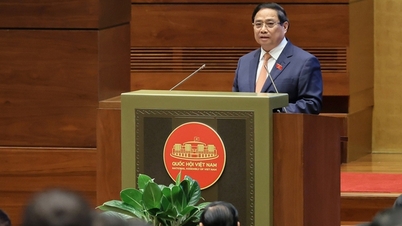

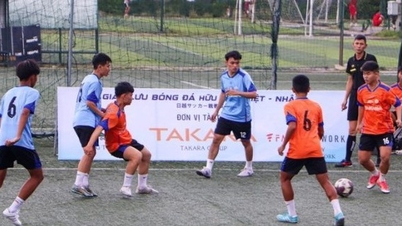

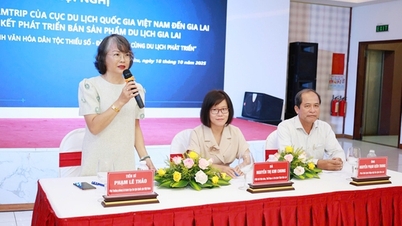
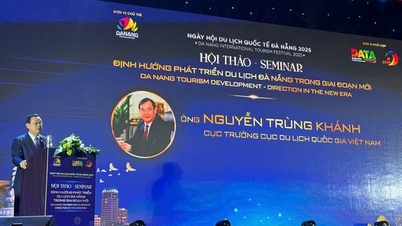



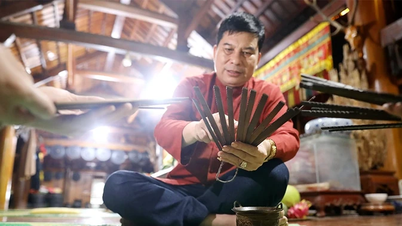


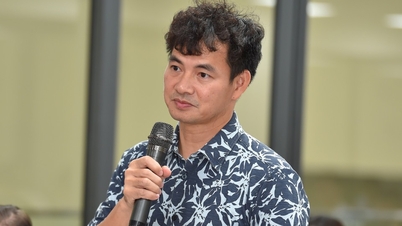















Comment (0)